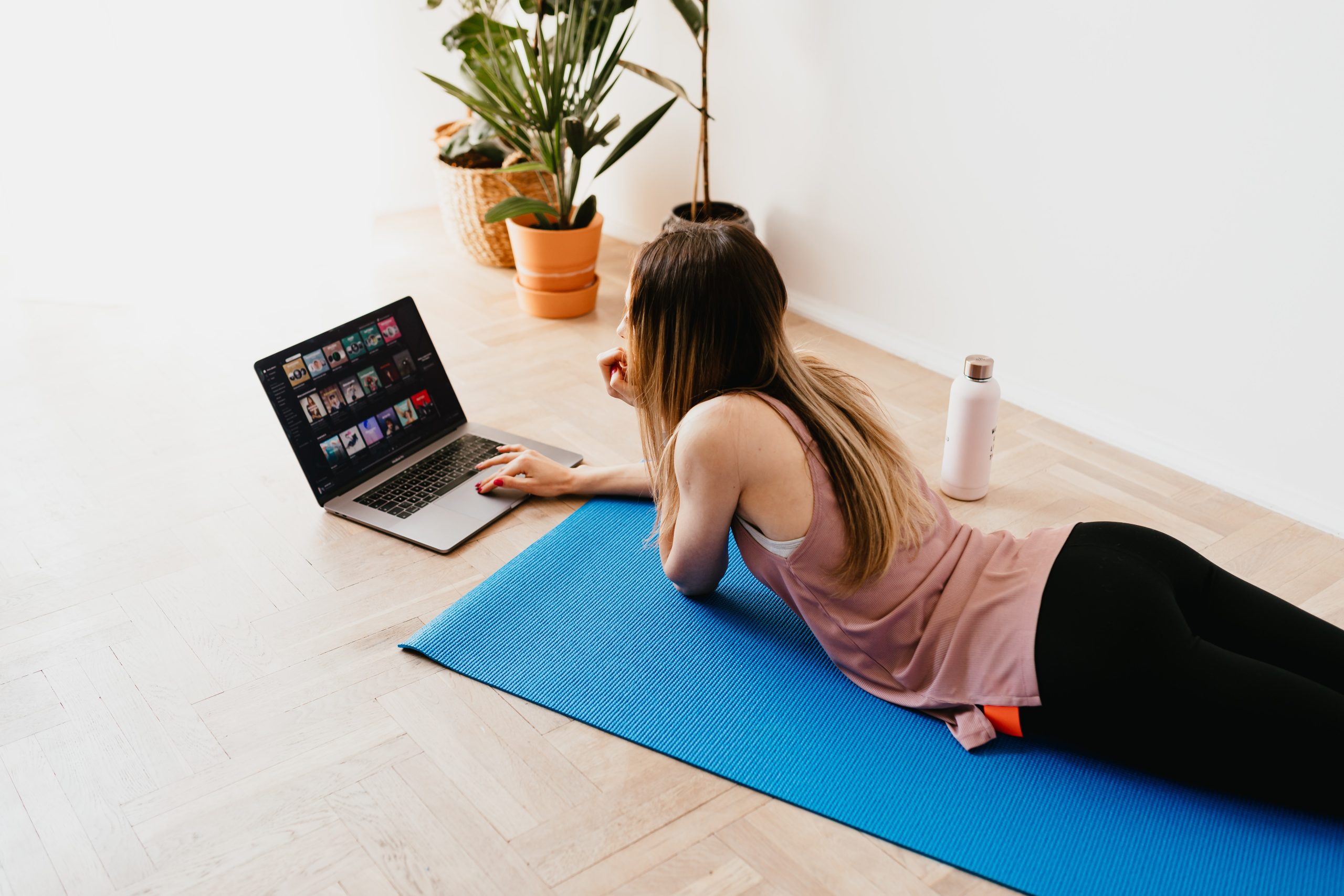Virtual reality (VR) technology has come a long way in recent years, revolutionizing the way we experience entertainment, education, and even workouts. With the ability to immerse users in realistic and interactive environments, VR has the potential to transform the fitness industry by making workouts more engaging and enjoyable.
The Benefits of Virtual Reality Workouts
One of the key benefits of virtual reality workouts is the immersive nature of the experience. By putting on a VR headset, users can transport themselves to exotic locations, challenging terrains, or even fictional worlds, making their workouts more exciting and motivating. This can help keep users engaged and motivated to stick to their fitness routine.
In addition, virtual reality workouts can provide a more personalized experience. By using sensors and tracking technology, VR systems can monitor users’ movements and provide real-time feedback on their form and technique. This can help users improve their performance and avoid injuries while working out.
The Drawbacks of Virtual Reality Workouts
While virtual reality workouts offer many benefits, there are also some drawbacks to consider. One of the main concerns is the cost of the technology. High-quality VR headsets can be expensive, making them inaccessible to some users. In addition, not all fitness apps and programs offer VR support, limiting the options available to users.
Another potential drawback is the risk of motion sickness. Some users may experience nausea or discomfort when using VR headsets, especially during intense workouts or fast-paced movements. This can be a barrier to some users who are sensitive to motion sickness.
Are Virtual Reality Workouts Worth Trying?
Despite the drawbacks, virtual reality workouts can be a fun and effective way to spice up your fitness routine. If you enjoy immersive experiences and are looking for a new way to stay motivated and engaged, VR workouts could be worth trying.
Before investing in VR technology, consider your budget, fitness goals, and comfort level with motion sickness. Try out a few VR workouts to see if they resonate with you and enhance your overall fitness experience.
Ultimately, the decision to try virtual reality workouts is a personal one. If you’re curious about the potential benefits of VR technology for your fitness routine, give it a try and see if it helps you reach your goals.
Conclusion
Virtual reality workouts have the potential to revolutionize the fitness industry by making workouts more engaging, interactive, and personalized. While there are some drawbacks to consider, the benefits of VR technology make it worth exploring for fitness enthusiasts looking for a new way to stay motivated and challenged.
If you’re interested in trying virtual reality workouts, do your research, consider your budget and comfort level, and give it a try to see if it enhances your fitness experience. Who knows, you might just find yourself hooked on VR workouts for good!

